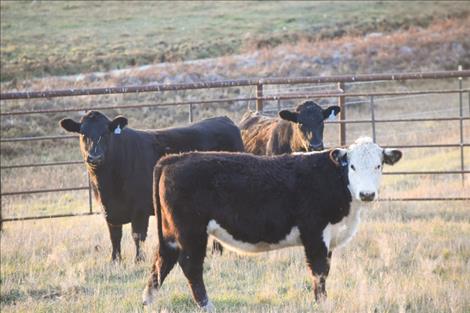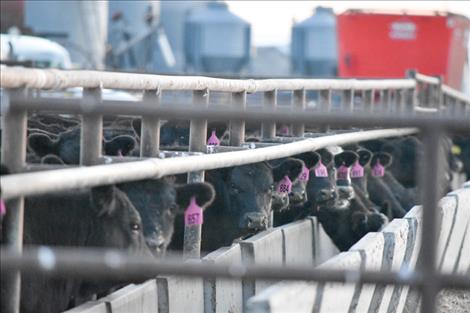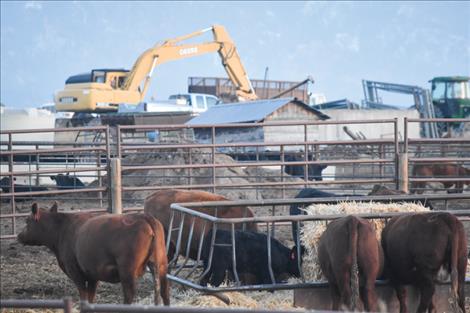Multi-faceted cattle business part of state’s biggest industry
Hey savvy news reader! Thanks for choosing local.
You are now reading
1 of 3 free articles.
LAKE COUNTY — Beef cattle is the state’s leading moneymaker, a fact that holds true at the local level with the county home to many cattle operations – both large and small. According to an MSU Census of Agriculture, more than 67% of land in Lake County is classified as farm land.
Montana producers shipped out 1.2 million head of cattle in 2023, according to the Montana Agricultural Report, which is a study done by the USDA. Another study done by Montana State University in 2017 showed that 56% of the agricultural exports from Lake County were cattle.
After local ranchers raise cattle, they often rely on a shipping process to move their product to the next step. “Preconditioning and keeping the health of the animals up is important so they are ready to go to the next part of the process,” rancher Cody Sherman explained.
Long-time trucker Nick Becker prioritizes keeping animals in a low stress mode when transporting them. “I like to keep the cattle calm when driving them because stressed animals have more opportunity to get sick or injured,” he said.
According to Penn State’s website, when cattle arrive at the feedlot stressed, dehydrated, and weakened from hauling it decreases the calf’s ability to fight pathogens and predisposes them to diseases, making management upon arrival crucial to a successful transition.
Becker went on to say, “With all the time I have been hauling cattle, my least favorite part of the job would have to be the mess they leave behind, but otherwise, I find it quite fulfilling when taking the animals to the next part of their lives.”
Becker added, “When I’m not hauling cattle I haul feed to all different parts of Montana, and some of the main feed I haul is corn and hay. I have learned that ranchers typically feed their cattle both corn and hay.”
The typical hay fed to beef cattle, an alfalfa and grass mix, gives the animals a good mixture of minerals to keep them healthy. Corn, according to the North Dakota State University website is high in energy, nearly twice as much as hay, but relatively low in protein, compared with other feed grains.
Sherman has worked in Lake County and many other parts of Montana hauling cattle. He explained that one of the important steps involved in cattle ranching involves getting male calves separated out, weaned and castrated. Then beef cattle are sent to a feedlot between 6 to 10 months old where they are fed and grow until they are large enough to go to market.
There are different types of cattle herds, each with their own name and purpose. Cow-calf operations keep a breeding herd of cows. Many of these herds are purebreds or composites, a combination of several breeds. Seedstock herds specialize in purebred or registered cattle and keep exhaustive records in attempts to improve cattle genetics to benefit the industry. Stocker herds generally consist of weaned animals purchased in the fall, fed through the winter and then released for spring grazing being sent to feedlots at the end of grazing season.
Sherman had a few suggestions for anyone wanting to get into the industry. “Red Angus or black Angus are the most common, and the easiest (cattle) to get into. It’s hard work. Sometimes you have to go feed the animals before you even get breakfast yourself.”


















